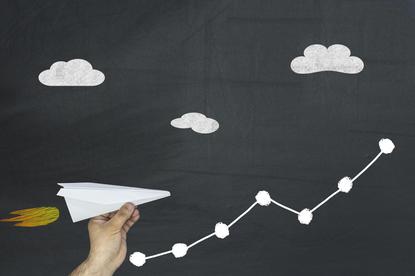Survey: COVID-19 prompts shift to digital advertising
- 10 August, 2020 11:28

The shift towards online advertising will continue and it’s share of total media spend will accelerate with the COVID-19-related economic crisis, according to new research from the Australian Association of National Advertisers (AANA) and IPSOS.
New lockdowns and COVID-10 hotspots will also impact consumer confidence and are expected to fuel the growth of online advertising as the population becomes less mobile and Australian businesses respond by increasing their use of online paid media over traditional media, the research predicts.
The latest AANA and IPSOS research looked into ongoing ad spending and found that when comes to planning ad budgets, half of Australian marketers are waiting for better times before committing their budgets.
A total of 442 small, medium and large businesses were asked by the organisations about the combined impact of the bushfires and COVID-19 on marketing spend and what their media preference would be in the next six months.
Of those surveyed, 68 per cent of SMBs and 87 per cent of large businesses still have marketing-related spending budgeted for the next six months. Most businesses say that releasing the spending will depend on when retail locations, national and state borders re-open and when employees re-start regular work patterns. As a result, 50 per cent of both large and small businesses have marketing budget sitting on the sidelines waiting to be committed at some point in the near future.
Long-term vs short-range goals
The new research also found large businesses are more committed to investing their marketing spend behind long-term brand building. AANA saw this as a clear demonstration marketers are taking heed of marketing guru, Peter Field’s message, with the balance between long- and short-term almost at the recommended 60/40 split. In this research, large businesses report allocating 55 per cent to brand building and 45 per cent to short-term activities.
SMBs are spending a higher proportion of marketing budget (53 per cent) on short-term sales activities, compared to 47 per cent being allocated to long-term brand building activities.
The impact of the events in the first half of 2020 on business revenue has been significant, with 85 per cent of SMBs and 76 per cent of large businesses claiming an average decrease of 42 per cent and 27 per cent respectively, compared to same period last year, according to the research. SMBs have been more likely than larger business to close or stop operating temporarily as a result of the current crisis.
SMBs that remained open seem to be more resilient than larger businesses, with 28 per cent of SMBs having no change to their business operations whatsoever, while only 11 per cent of larger businesses fell into this category. And 13 per cent of larger businesses are fully open and have had an increase in their business, while only 5 per cent of SMBs experienced an increase.
Finally, in a sign of the times, the single most pressing concern for businesses of both sizes is cashflow, with worries about how to increase sales a close second, the AANA/IPSOS research showed. While larger businesses are more likely to face challenges trying to make do with less staff, managing limited supplies and customers, SMBs are more likely to find challenging balancing business with personal/ household responsibilities.
Follow CMO on Twitter: @CMOAustralia, take part in the CMO conversation on LinkedIn: CMO ANZ, follow our regular updates via CMO Australia's Linkedin company page, or join us on Facebook: https://www.facebook.com/CMOAustralia.

